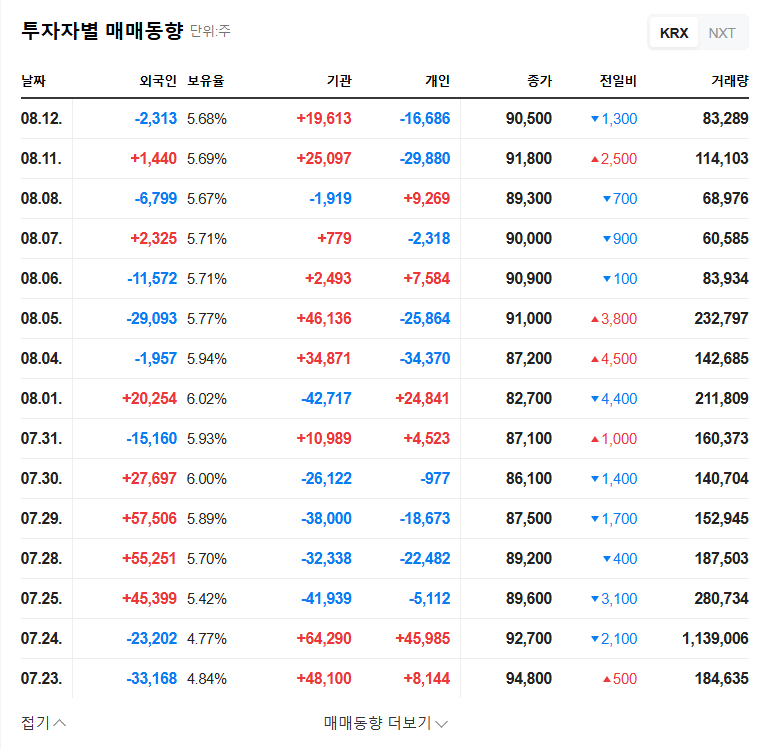
ESTpharm Warrant Exercise: What Happened?
On September 8, 2025, ESTpharm announced a warrant exercise for 509,246 shares (2.53% of market capitalization). The exercise price is 68,729 KRW, and the conversion is scheduled for September 26.
Why Does the Warrant Exercise Matter?
A warrant exercise allows investors holding convertible bonds (CBs) or bonds with warrants (BWs) to convert them into common stock at a predetermined price. This can affect both the company’s financing and investment opportunities for investors. The significant difference between the current stock price (2,493 KRW) and the exercise price (68,729 KRW) is particularly noteworthy, suggesting that these warrants were issued at a much higher stock price.
Impact on Investors?
- Increased Shares Outstanding and EPS Dilution: The exercise will increase the number of outstanding shares, potentially diluting earnings per share (EPS).
- Debt-to-Equity Conversion: Debt is converted to equity, which can positively impact financial health metrics.
- Limited Short-Term Stock Price Impact: The high exercise price compared to the current stock price suggests limited immediate selling pressure. However, future stock performance will depend on factors like growth in the oligonucleotide CDMO market, competitiveness of new businesses, and the macroeconomic environment.
Investor Action Plan
Investors should closely monitor ESTpharm’s growth drivers, particularly in the oligonucleotide CDMO market, the competitiveness of its mRNA and sgRNA ventures, and the company’s ability to navigate macroeconomic changes. It’s crucial to observe the actual change in outstanding shares and EPS dilution post-exercise and formulate a long-term investment strategy accordingly.
FAQ
What is a warrant?
A warrant gives the holder the right to buy a company’s stock at a specific price (exercise price) before a certain date.
Will this warrant exercise negatively impact the stock price?
While there might be some short-term EPS dilution, the high exercise price relative to the current stock price suggests limited immediate selling pressure. The long-term impact will depend on the company’s fundamentals and market conditions.
What should investors watch out for?
Investors should monitor the actual change in outstanding shares after the exercise, ESTpharm’s core business growth, competitiveness of its new ventures, and the company’s response to macroeconomic changes.

